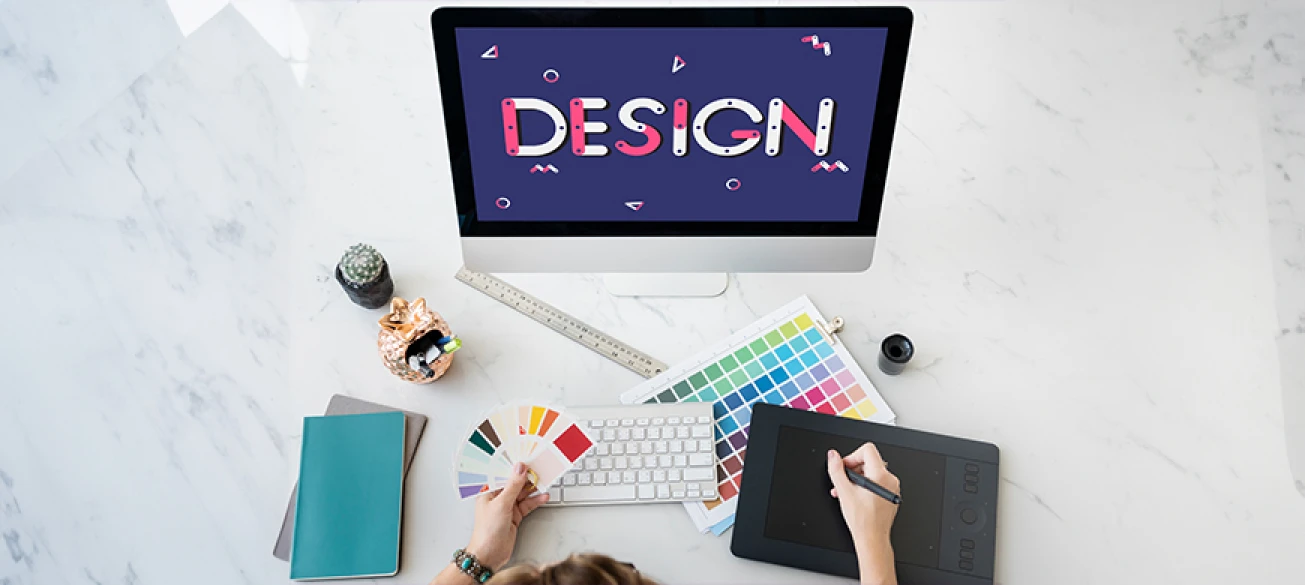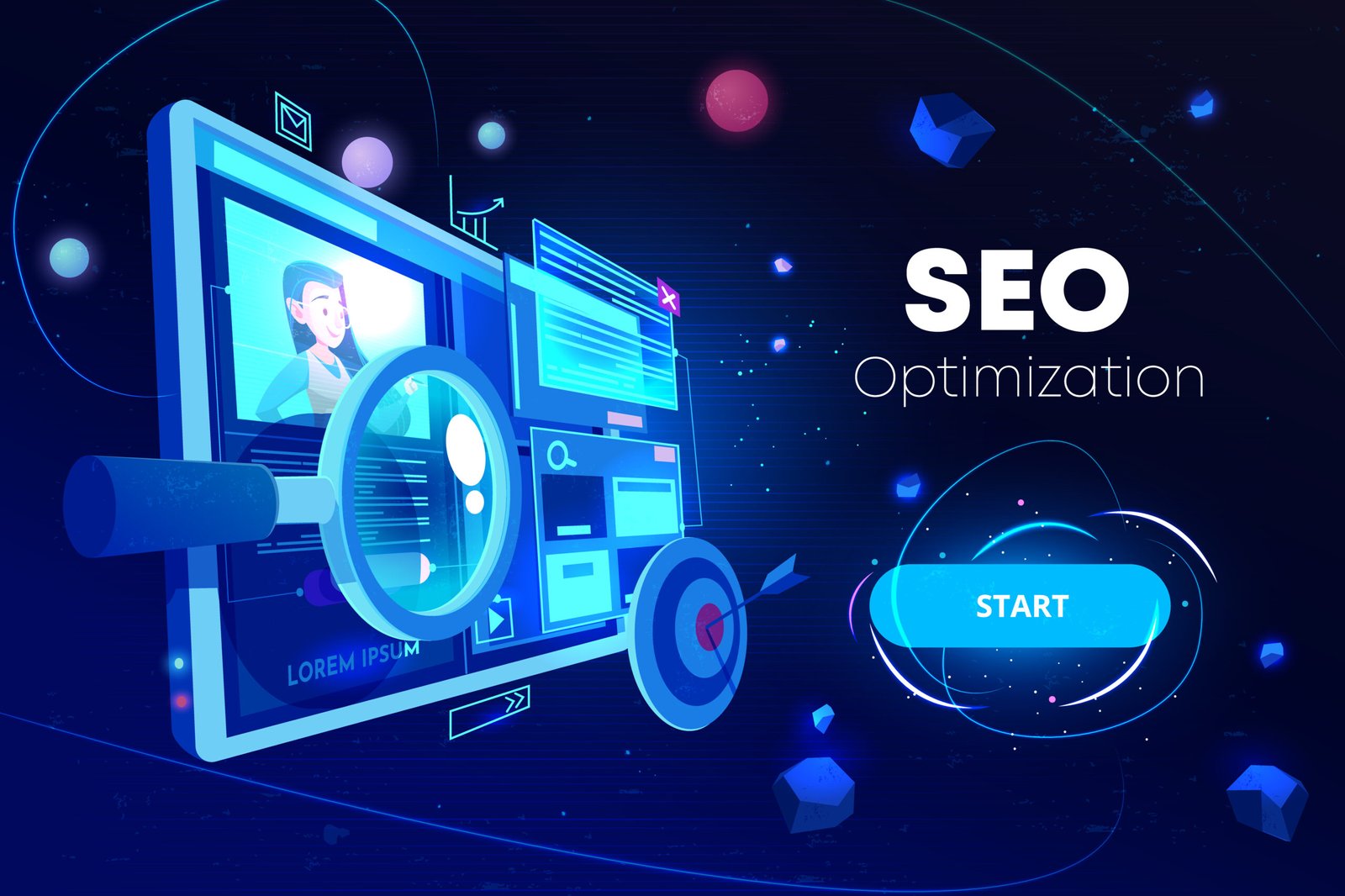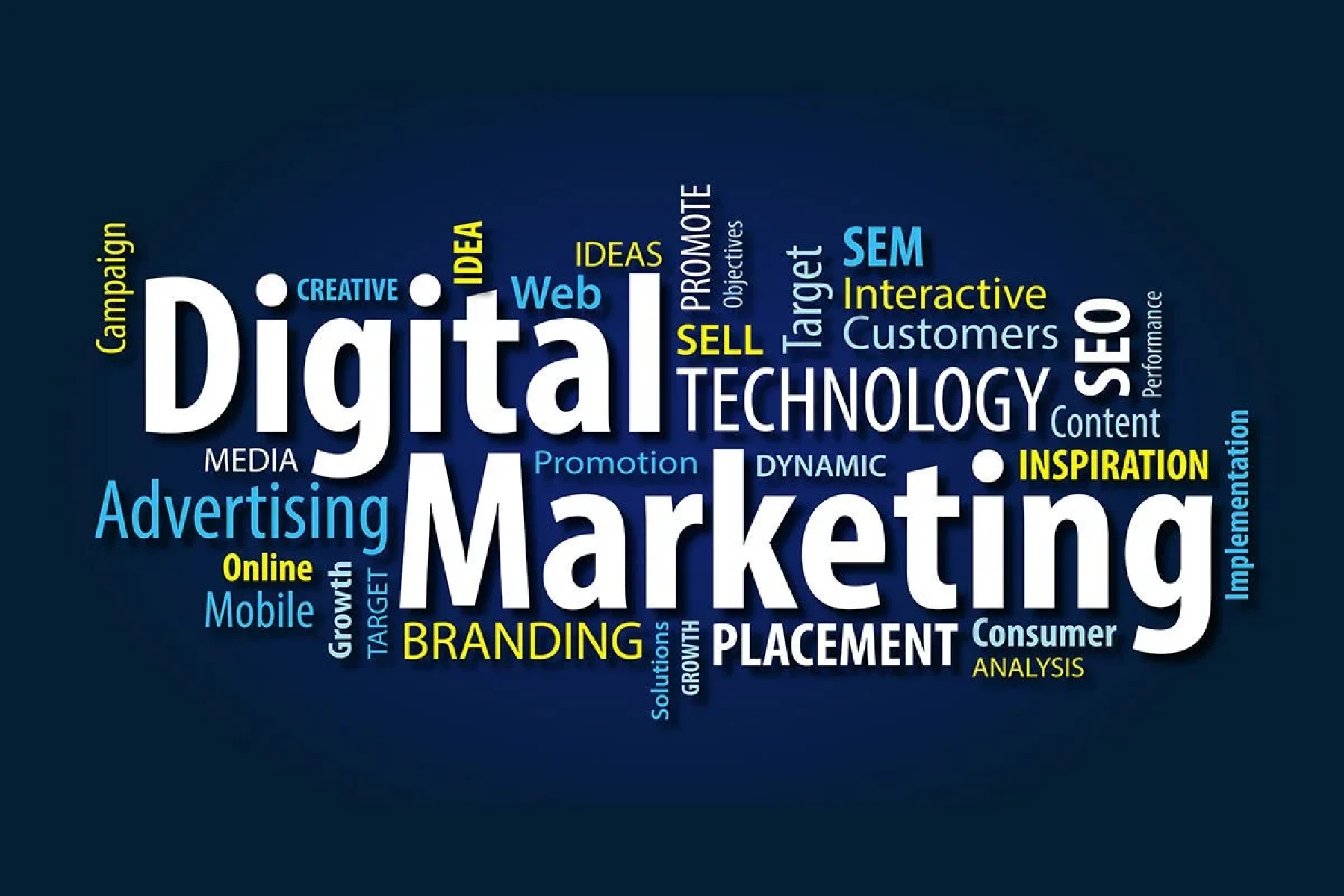Graphic design is more than just making things look attractive—it’s a vital part of how businesses, brands, and individuals communicate visually in today’s digital world. Whether it’s creating a logo, designing a website, producing marketing materials, or developing animations, graphic design combines creativity and technology to convey messages effectively.
In this blog, we’ll explore what graphic design is, the essential skills, the tools used by professionals, career opportunities, and tips to become a successful graphic designer.
What is Graphic Design?
Graphic design is the art of visual communication. It involves creating and combining symbols, images, and text to communicate ideas. A successful design not only looks good but also conveys a clear message to its intended audience.
Key purposes of graphic design include:
- Branding and identity creation
- Marketing and advertising
- User interface and experience design (UI/UX)
- Print media like brochures, posters, and packaging
- Digital content such as social media graphics, animations, and videos
Graphic design has evolved significantly over the years. While it initially focused on print media, today’s graphic designers work in digital-first environments, often integrating AI tools, motion graphics, and interactive media into their projects.
Why Graphic Design is Important
Graphic design plays a crucial role in business success, brand communication, and audience engagement. Here’s why it matters:
- Brand Identity: Logos, color schemes, and typography create a visual identity that makes a brand recognizable.
- Marketing Impact: Eye-catching designs attract attention, communicate messages, and influence customer behavior.
- User Experience: Well-designed interfaces and layouts improve usability and engagement on websites and apps.
- Competitive Advantage: Companies with professional designs stand out in crowded markets.
- Storytelling: Design helps communicate complex ideas in simple, visual ways.
Essential Skills for Graphic Designers
Becoming a successful graphic designer requires a blend of technical, creative, and soft skills.
1. Creativity and Innovation
The foundation of any great designer is creativity. Designers must generate original ideas and solve visual communication problems in unique ways.
2. Typography Skills
Typography is the art of arranging text. Knowing how to select fonts, sizes, spacing, and hierarchy can drastically improve a design’s readability and impact.
3. Color Theory
Understanding how colors interact, evoke emotions, and influence perception is essential for effective design.
4. Layout and Composition
Designers must arrange elements in a way that guides the viewer’s eye and communicates the message clearly.
5. Software Proficiency
Professional designers need to master tools like:
- Adobe Photoshop – Image editing and photo manipulation
- Adobe Illustrator – Vector graphics and illustrations
- CorelDRAW – Print and logo design
- Canva & Figma – Quick graphics and UI/UX design
- After Effects & Premiere Pro – Motion graphics and video editing
6. UI/UX Design Knowledge
Understanding user behavior, website navigation, and app interfaces is increasingly important for digital graphic designers.
7. Communication Skills
Designers must communicate effectively with clients, understand their requirements, and explain design decisions clearly.
Graphic Design Tools You Must Know
Modern graphic design combines traditional skills with digital tools. Here’s a breakdown of essential tools:
1. Adobe Creative Suite
- Photoshop – Raster graphics, photo editing, web graphics
- Illustrator – Vector graphics, logos, infographics
- InDesign – Print layouts, magazines, brochures
- After Effects – Animation and motion graphics
2. CorelDRAW
Popular for logo design, vector illustrations, and print media.
3. Canva & Crello
User-friendly tools for creating social media graphics, presentations, and marketing materials quickly.
4. Figma & Sketch
Essential for UI/UX design, wireframing, and prototyping websites or apps.
5. AI Tools for Designers
Tools like MidJourney, DALL-E, and Canva AI help designers generate ideas, create assets, and speed up workflow.
Types of Graphic Design
Graphic design has many specialized fields, each with its own focus and skills:
- Visual Identity & Branding – Logos, business cards, corporate identity
- Marketing & Advertising Design – Posters, brochures, social media campaigns
- UI/UX Design – App interfaces, website design, interactive design
- Motion Graphics & Animation – Videos, GIFs, and interactive media
- Print Design – Magazines, packaging, posters, flyers
- Environmental & Signage Design – Billboards, exhibitions, and signage systems
Career Opportunities in Graphic Design
The demand for graphic designers is growing, especially in digital media, advertising, and technology sectors. Popular career paths include:
- Graphic Designer – Working in agencies or in-house teams
- UI/UX Designer – Designing websites and mobile applications
- Motion Graphics Artist – Creating animations for videos and advertisements
- Brand Designer – Developing visual identities for businesses
- Freelance Designer – Offering services to clients globally
- Social Media Designer – Creating graphics for digital marketing campaigns
Salaries vary based on experience and specialization: freshers can earn ₹20,000–₹30,000/month, while experienced designers in agencies or tech companies can earn ₹1,00,000–₹1,50,000/month. Freelancers can earn even more depending on clients and projects.
How to Become a Successful Graphic Designer
Here’s a step-by-step roadmap to becoming a professional graphic designer:
1. Learn the Basics
Start with fundamentals of design, typography, and color theory. Online courses, YouTube tutorials, or classroom programs can help.
2. Master Design Tools
Gain proficiency in Photoshop, Illustrator, Figma, Canva, and AI design tools. Practice daily.
3. Build a Portfolio
Showcase your best work in an online portfolio. Include logos, web designs, social media graphics, and projects.
4. Gain Real-World Experience
Work on freelance projects, internships, or live client assignments. This gives practical experience and credibility.
5. Stay Updated
Graphic design trends evolve rapidly. Follow design blogs, attend webinars, and explore AI tools like ChatGPT, Canva AI, and MidJourney.
6. Network and Market Yourself
Join design communities, social media groups, and freelance platforms to get clients and career opportunities.
Tips for Graphic Design Beginners
- Practice Daily – Consistency is key to improvement.
- Analyze Other Designs – Study professional work to understand techniques.
- Seek Feedback – Learn from mentors and peer reviews.
- Focus on Simplicity – Clean and clear designs often communicate best.
- Learn UI/UX Basics – Digital design is increasingly interactive.
Future of Graphic Design
Graphic design is evolving with AI, AR/VR, and motion graphics. Designers who combine creativity with technology will have a competitive edge. AI tools allow designers to generate ideas faster, automate repetitive tasks, and enhance productivity, while human creativity ensures originality and storytelling remain central.
By learning both traditional design principles and modern AI-powered tools, you can build a future-proof career with global opportunities.
Conclusion
Graphic design is a dynamic, rewarding, and highly creative career. With the right skills, tools, and mentorship, you can work in multiple domains—marketing, branding, UI/UX, freelancing, or animation.
At Tech Career Jaipur, our Graphic Design Course offers hands-on training, live projects, AI tool exposure, and placement assistance, helping you launch a successful career in design.
Whether you’re a student, professional, or entrepreneur, learning graphic design today equips you with skills that will remain relevant and in demand for years to come.






